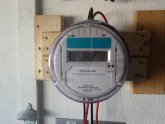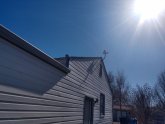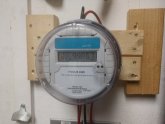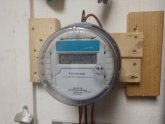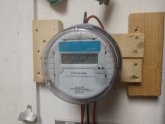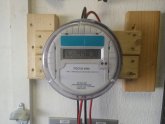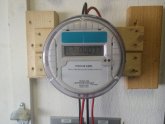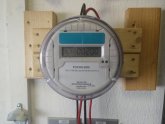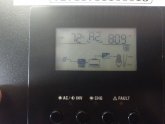Now onto the other end of the spectrum, charging.
I tried to charge to 54.4V(3.4V per cell).
Now a 3rd pack is going bananas.
One cell is zooming up and out of whack.

I have my packs number 10/11, 20/21, 30/31 and 40/41, no real meaning, just a way to number them.
Cell 6 in pack 41 - dive bombs low voltage
Cell 1 in pack 10 - dive bombs low voltage
Cell 8 in pack 40 - shoots up to overvoltage
ANT-BMS saved the day every time. I have the CellHighProtect at 3.59V. As soon as that 3.59 reached the BMS disconnects and starts its active balancing. On a "220AH" cell, 0.200 amp doesn't do much of anything, unfortunately.
I have tried to seize the cells up by limiting their cell difference through the BMS by not letting them get more than 0.100V cell difference, but they shut down the entire pack when that happens. If the BMS could do a 1 amp cell shuffle it might work, but 1/5th an amp against such a large cell just isn't enough.
6 hours later I gave up on trying to get to 54.4 and have it set to float at 53.3V (3.331V). The offending cell is still at 3.347. It took about an hour to self-discharge to 53.3V on the other 3 sets.
40/41 Low High Cell Diff 3.309V 3.348V
0.039V
30/31 Low High Cell Diff 3.325V 3.334V
0.009V
20/21 Low High Cell Diff 3.329V 3.336V
0.007V
10/11 Low High Cell Diff 3.323V 3.338V
0.015V
To sum up, I now know I have 3 bummer cells robbing me of the 32~36 kWh I bought. Even limiting to 80% of their rating I'm barely getting 1/3rd of the usable capacity.
I'm going to give another shot at this with tighter setup on the BMS, and isolated 16S packs.
I have the Cell unit voltage Gap to 0.050V now on all 8 packs. We'll see how much of a mistake this is tomorrow.





